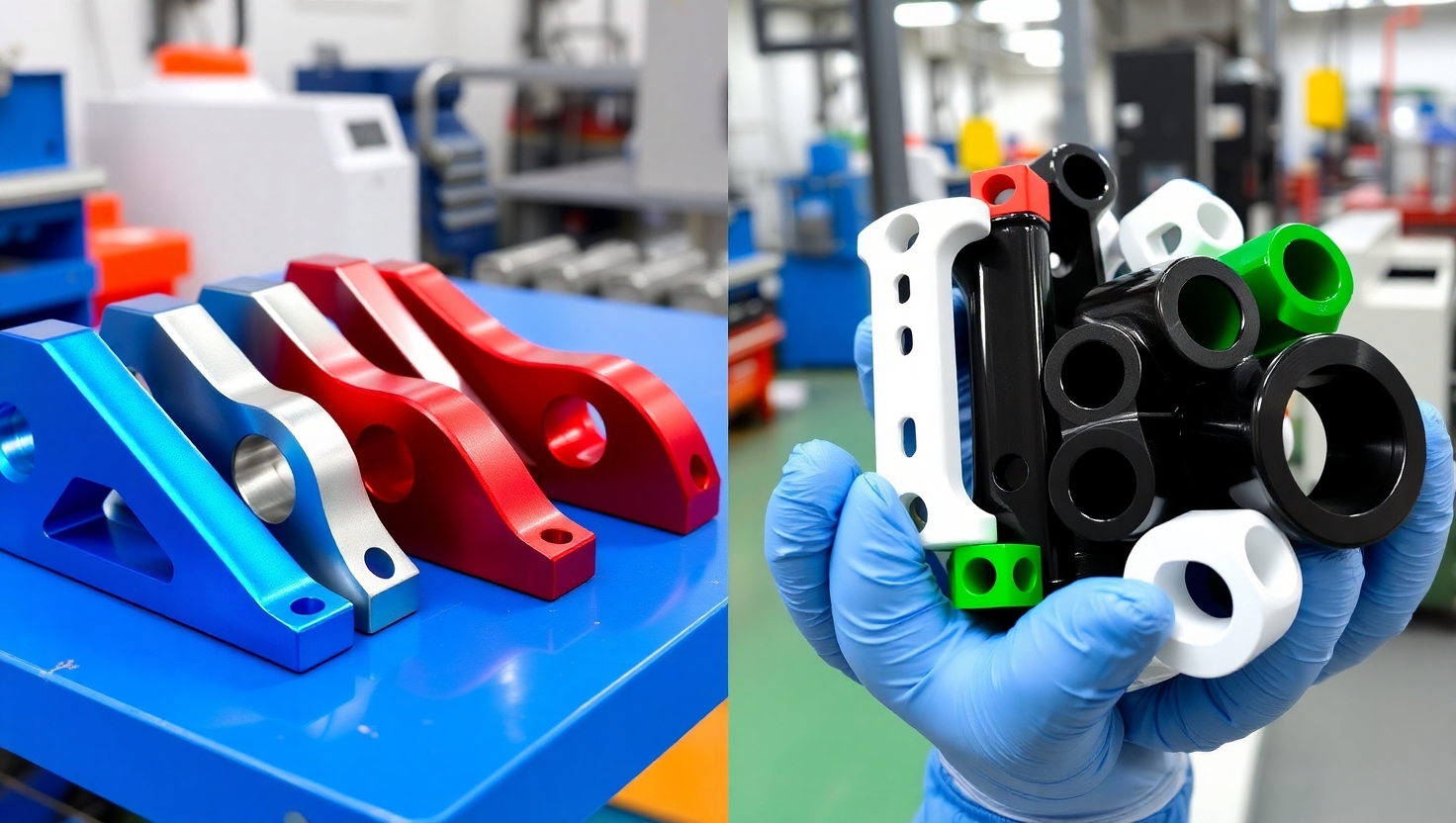Anodizing vs Powder Coating:
Published by: ALUTimes | Date: July 10, 2025
Introduction
When it comes to protecting aluminium and enhancing its appearance, two popular finishing methods dominate the market—anodizing and powder coating. Each technique offers unique benefits and drawbacks depending on the application, budget, and desired outcome. In this article, we will compare anodizing vs powder coating across key parameters to help you decide the best option for your aluminium project.
What Is Anodizing?
Anodizing is an electrochemical process that thickens the naturally occurring oxide layer on aluminium. This oxide layer is hard, durable, corrosion-resistant, and can be dyed in various colours. The anodizing process chemically bonds the finish to the aluminium, making it part of the metal itself.
What Is Powder Coating?
Powder coating is a dry finishing process that involves spraying a fine powder (usually polyester or epoxy-based) onto the aluminium surface and then curing it in an oven. The coating forms a protective and decorative layer that sits on top of the metal, creating a uniform, colourful, and often thicker finish.
Durability Comparison
Anodizing: Highly durable and scratch-resistant. Because the oxide layer is part of the metal, it won’t peel or flake off. Ideal for exterior applications.
Powder Coating: Durable against wear and weathering but can chip, crack, or peel over time, especially if the surface is damaged or exposed to UV for prolonged periods.
Corrosion Resistance
Anodizing: Provides excellent resistance to corrosion, especially when sealed properly. Great for marine or coastal environments.
Powder Coating: Offers good corrosion resistance when the coating is intact. However, any damage to the surface may allow moisture to seep in, causing corrosion underneath.
Appearance & Aesthetics
Anodizing: Creates a more metallic and natural finish. Limited colour range, but colours are more UV-stable and won’t fade as quickly.
Powder Coating: Offers a wide range of colours, textures, and gloss levels. Ideal for custom finishes and vibrant appearances.
Environmental Impact
Anodizing: Uses acids and consumes electricity but is long-lasting and non-toxic when sealed. Wastewater treatment is required.
Powder Coating: Considered more environmentally friendly compared to solvent-based paints. Contains no VOCs and generates less waste.
Cost Factors
Anodizing: Typically more expensive due to energy usage and multiple processing steps. Costs increase with colour anodizing and hard coat options.
Powder Coating: Generally cheaper and faster to apply in large volumes. However, repeated recoating might be needed over time.
Applications
- Anodizing: Used in architectural elements, aerospace, electronics, and marine-grade components.
- Powder Coating: Common in furniture, consumer appliances, automotive parts, and signage.
Which One Should You Choose?
Choosing between anodizing and powder coating depends on your priorities:
- Need scratch resistance and natural metal finish? Go for anodizing.
- Want vibrant colours and a low-cost solution? Powder coating is better.
- Concerned about outdoor durability? Both are effective, but anodizing offers better long-term UV resistance.
Conclusion
Both anodizing and powder coating serve essential roles in enhancing the performance and aesthetics of aluminium. Anodizing provides a long-lasting, durable, and corrosion-resistant finish ideal for industrial and architectural applications. Powder coating, on the other hand, offers greater design flexibility and affordability for consumer-facing products. Evaluate your needs based on the application, budget, and expected environmental exposure to choose the best finish.
Disclaimer
This article is intended for informational purposes only. Always consult with a qualified professional for specific product recommendations and industrial requirements. ALUTimes does not endorse any specific manufacturer or supplier.

